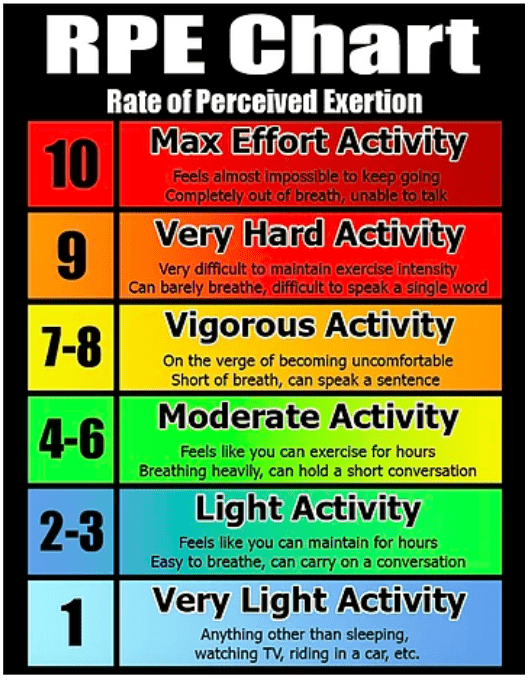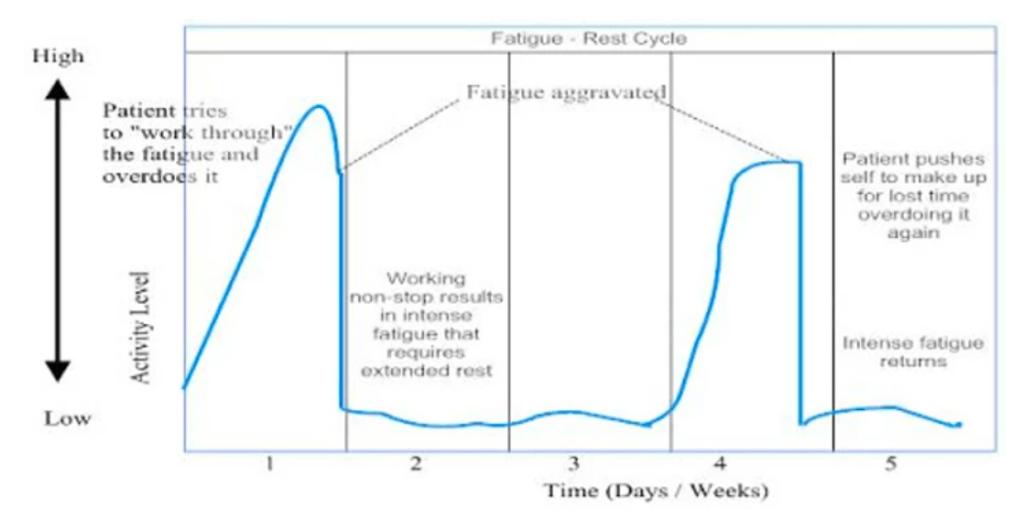Having now remotely treated a number of people post serious COVID19, I do not consider myself to be an expert in this field quite yet – but is anyone?
Physiotherapists with experience in many fields of rehabilitation are well placed to provide relevant information from a combination of existing evidence and clinical judgment. It’s always preferable to ask a specialist such as a physiotherapist regarding how to proceed with the return to exercise as there is a lot of misinformation on the web and in particular on social media.
Physiotherapists are trained to rehabilitate all areas of the body including respiratory, muscles, nervous systems, and are experienced in treating patients with headaches, pain, balance disorders and anxiety. With a bad case of COVID19, particularly if you have been on intensive care – or close – any or all of these systems may be compromised! Each area needs to be managed to get the best overall outcome (if you get 1% better in 10 areas you will be 10% better and that will feel significant!).
With patients who are recovering from COVID-19, my treatments have been based on developing better exercise tolerence, improving lung capacity as well as advice regarding diet and nutrition, water intake and anxiety management by using pacing strategies with clear goals. These include:
1. Breathing exercises
2. Physical activity progression
3. Nutrition and supplements
4. Advice of rest and sleep
5. Mindfullness/yoga

When starting back to exercise, you need to build up slowly. Not all exercise is equal so you need to measure intensity as well as volume. This is best done using a simple 0/10 rate of perceived exertion such as in the picture. For example, you could walk for 5 minutes slowly and the effort would be a 3/10 versus you could walk up a hill briskly and it might do up to a 5/10 intensity. It is important to only increase either intensity or volume not both on the same day.
Pacing is used successfully in post-viral symptoms and other conditions with a strong fatigue element. You can reproduce symptoms such as shortness of breath when doing gentle exercise but this should be mild and settle within minutes of completing the exercise.
Over exerting yourself will set you back several days and ultimately prolong recovery. A gradual increase in exercise every couple of days works well and listen to your body as stress and other factors can affect how you cope with exercise each day. Stay well hydrated. Muscle strength will have dropped so you can not go back to exercise at the pre COVID-19 level. You need to build back up again to avoid injury.
Pacing is used successfully in post-viral symptoms and other conditions with a strong fatigue element. You can reproduce symptoms such as shortness of breath when doing gentle exercise but this should be mild and settle within minutes of completing the exercise.
I have used patient-specific functional scores to monitor the effect of the rehabilitation at the time and will use this score to check overall progress in due course. I have drawn on evidence-based practice and on over 30 years of experience as a physiotherapist working with thousands of different people with many complex rehabilitation needs. Watch out for our list of supplements that our nutritional advisor has suggested for our patients.
If you would like a bespoke post COVID-19 exercise programme to help you get back to exercise call us to dicsuss 01625 590444.
